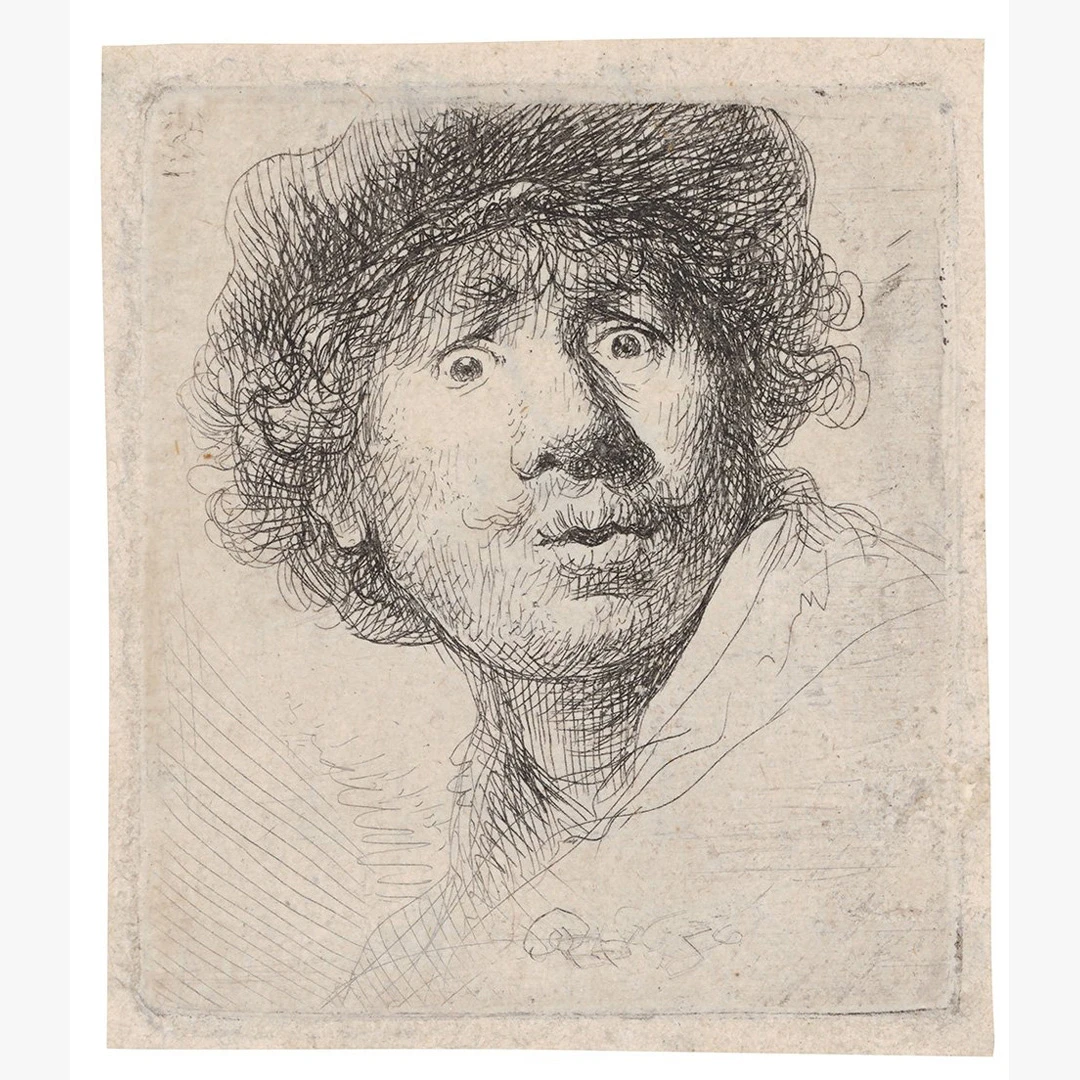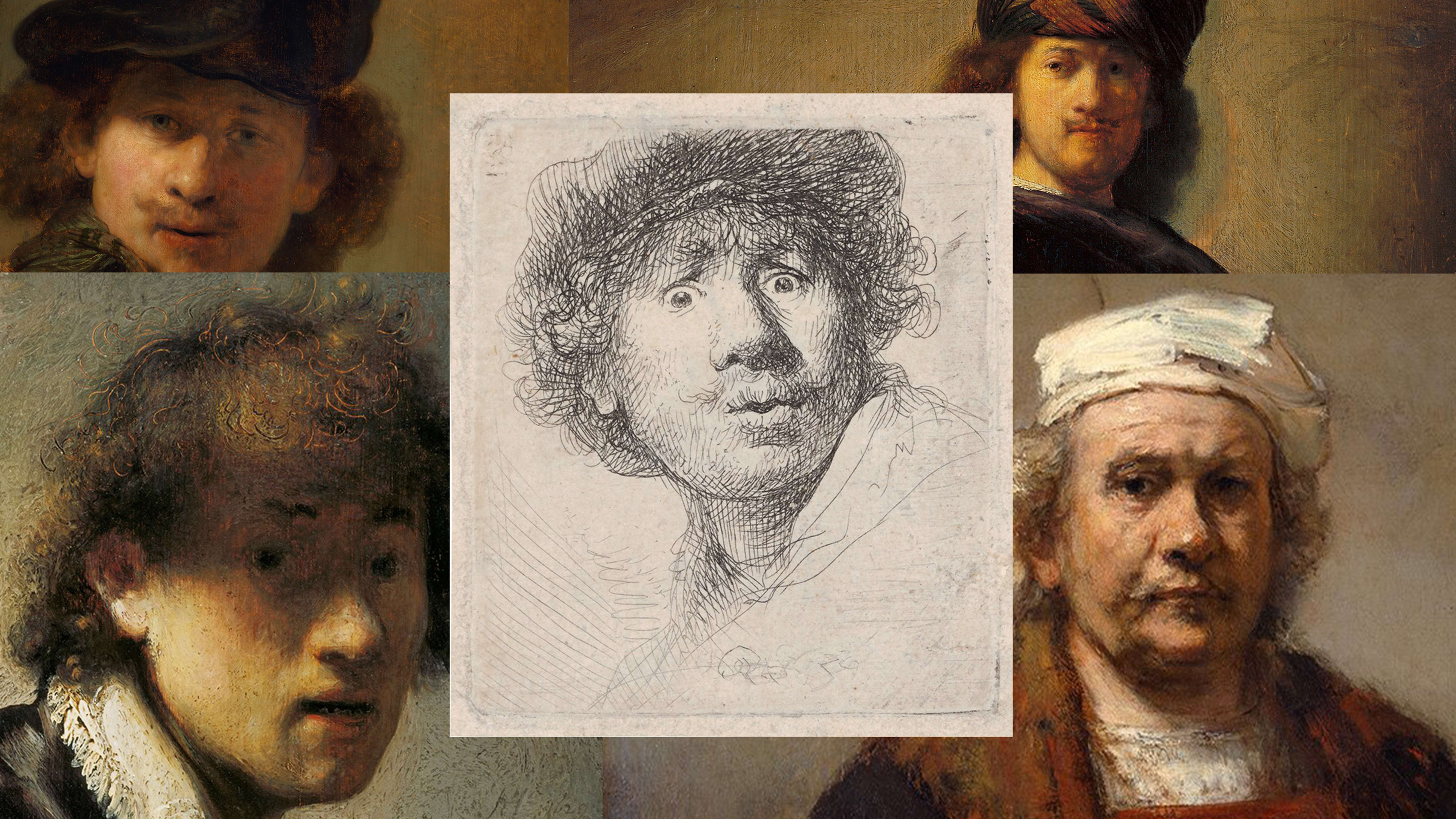Every now and then, an artist from the past will suddenly seem to be everywhere—and right now, that artist is the Dutch Master Rembrandt van Rijn.

There’s good reason for all this attention: 2019 is the 350th anniversary of the artist’s death. But the flurry of interest in the Dutch master is uniquely focused on what he seems to have in common with the present.
Rembrandt was the first artist to paint himself often. He completed 80 known self-portraits, for reasons art historians have debated for decades. Some claim he was creating collector’s items, or advertising his talent to prospective clients, since he often depicted himself wearing wildly rich garb or historical outfits. Others argue he was practicing painting facial expressions, or depicting himself as an artist to further cement his fame as a painter. Over time, his self-portraits became more introspective and raw; the last he ever produced shows him staring thoughtfully at the viewer—no crazy hats to be found.

Whatever Rembrandt’s motives, his self-portraits feel uncannily contemporary: Here’s a person who depicted his own face, dozens and dozens of times, sometimes in wild costumes and scenes, other times in a state that can only be described as a mess, expressing every emotion from happiness and sadness to hilarity and anger. One self-portrait shows 23-year-old Rembrandt looking disheveled and surprised, his raised eyebrows and open mouth in the shadow of his wild, curly hair. In Taschen’s new book, the art historians Volker Manuth, Marieke de Winkel, and Rudie van Leeuwen explain that the painting may have been a place to practice for the young painter—but it was also something more: “In addition to a study of light effects, this is also an exercise in recording a fleeting moment, a sort of snapshot effect which Rembrandt would later use frequently in his history pieces and portraits.” Ubiquitous front-facing cameras and face-tuning apps let us do much the same thing at a moment’s notice today.
We’ll never know exactly why Rembrandt painted himself so often compared to his contemporaries, but it’s easy to see why his images resonate deeply now. “Selfie” is usually used as a pejorative—a byword for the narcissism that tech seems to inspire in people. But Rembrandt’s selfies suggest that self-portraits can be more than that, whether they’re made for viewers or just for ourselves: 350 years after Rembrandt painted that last self-portrait, he seems to give us some license to depict ourselves without feeling so shallow.
Recognize your brand’s excellence by applying to this year’s Brands That Matter Awards before the early-rate deadline, May 3.










